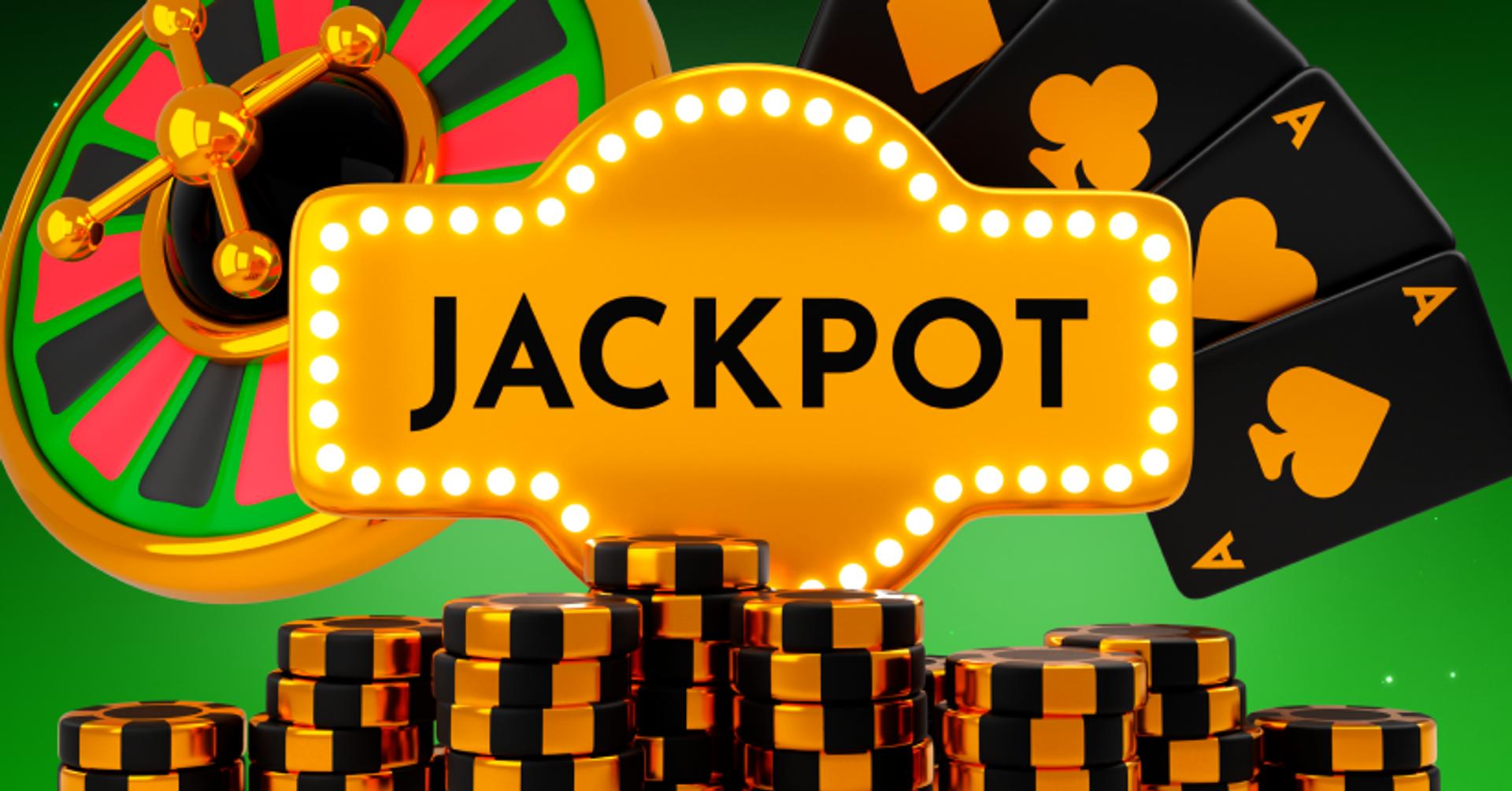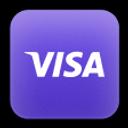Bankroll Management: Unit Sizing and Risk Management

Gambling without a plan might turn fun into frustration. A solid plan for casino bankroll management helps new players enjoy games without risking money meant for bills or savings.
In simple terms, you set aside a fixed gambling budget, bet a small, consistent fraction of it each time (your “unit”), and use clear rules to handle wins and losses.
To gain a better grasp, this guide explains the basics of gambling bankroll management and why it matters. It also shows how to size units so your play survives normal swings in luck when playing on Jackpot.bet.
What Is Bankroll Management and Why It Matters
Bankroll management is deciding how much money you’ll use only for gambling and controlling what fraction you risk per bet.
Treat it like a trip budget: you enjoy the journey because food, fuel, and lodging are already planned. The same idea keeps play fun and reduces stress when variance hits.
Protecting Your Gambling Funds
Good plans start with gambling funds separation. Keep your gambling money in a separate wallet or account, and never mix it with funds for rent, groceries, or savings.
Set session bankroll limits. For example, a fixed loss cap or time cap per session, so one tough run doesn’t drain your budget.
Such a simple gambling budget allocation keeps everyday life insulated from short-term swings at the tables or slots.
The Psychology of Money Management
Clear rules calm decision-making. Pre-set units and limits reduce impulse bets after a big win or a frustrating loss.
In this sense, think of your bankroll like a fuel tank: measuring bets in small, steady units prevents “flooring it” based on emotion.
The steadiness protects judgment and helps you stick with games you understand.
Long-Term Success vs. Short-Term Gains
Short streaks, whether good or bad, don’t tell the whole story. A plan geared for months, not minutes, survives cold runs and is ready when results turn.
Betting the same small unit each round keeps you in the game long enough for skill, strategy, or favorable variance to matter. The goal is durable play, not a single hot session.
Setting Up Your Bankroll
A bankroll works best when it’s clearly defined before you ever place a bet. It means deciding how much money you’re willing to risk, keeping it separate from daily finances, and following simple safety rules that prevent overspending.
Beginners often skip this step and end up mixing gambling expenses with living costs, which creates unnecessary stress.
However, a clear plan for casino bankroll management makes the difference between controlled play and chasing losses.
Determining Your Total Bankroll
Your starting bankroll size should come only from disposable income, which is the money left after covering bills, savings, and essentials.
Think of it as an entertainment budget. For instance, if you can comfortably spare $500 for a month of play, that becomes your total bankroll.
The exact number isn’t important; what matters is that it’s affordable and sustainable.
Separating Gambling Money from Living Expenses
One of the most important parts of gambling bankroll management is keeping your funds separate. Store your funds in a dedicated account, e-wallet, or even an envelope.
The separation ensures gambling losses never impact rent, groceries, or other essential expenses.
The 5% Rule for Bankroll Safety
A common guideline is to risk no more than 5% of your total bankroll in a single session. For example, with a $500 bankroll, your maximum session loss limit would be $25.
The rule acts as a guardrail, making it harder for one bad night to wipe out your funds. Pairing the 5% session rule with unit sizing (covered later) keeps your bankroll steady, even when variance is high.
Understanding Unit Sizing
Bankroll management becomes practical when you translate it into “units.” A unit is a fixed percentage of your bankroll that you use as the building block for all wagers.
Using units helps you size bets consistently and protects your bankroll from emotional swings. No matter if you’re playing slots, Blackjack, Baccarat, or poker on Jackpot, bet unit sizing keeps you from risking too much in a single round.
What is a Betting Unit?
A betting unit is simply a fraction of your bankroll expressed as a fixed amount. To illustrate, if your total bankroll is $1,000 and you decide on 2% per unit, then one unit equals $20.
Instead of saying “I’ll bet $20,” you say “I’ll bet one unit.” It helps normalize bet sizes and makes it easier to track performance across sessions.
Standard Unit Size Guidelines (1-5% of Bankroll)
Most guides recommend keeping unit sizes between 1% and 5% of your total bankroll. Using a smaller size, such as 1-2%, allows you to place more total bets, which helps your bankroll last longer if you are on a losing streak.
Meanwhile, moderate players might choose 3-4%, while aggressive bettors occasionally push up to 5%.
However, going beyond 5% puts your gambling bankroll management plan at a higher risk of collapsing after just a few bad runs, for example, by playing Baccarat.
How to Calculate Your Unit Size
The math is straightforward: take your bankroll amount and multiply it by your chosen percentage.
Example: With a $500 bankroll and a 2% unit, your unit size is $10. From there, all your bets are measured in units.
If you wager on Roulette and place a $10 chip, that’s one unit. If you join a Blackjack table and bet $30, that’s three units.
When to Adjust Your Unit Size
Unit sizes don’t stay fixed forever. If your bankroll grows or shrinks significantly, by 25-50%, you can adjust accordingly.
For instance, if your $1,000 bankroll grows to $2,000, a 2% unit increases from $20 to $40. If it falls to $500, the same unit drops to $10.
However, avoid making frequent changes after every win or loss. Instead, set a rule to review unit size at defined milestones, such as monthly or when bankroll balance shifts notably.
Risk Management Strategies
Even with a clear bankroll and unit size, how you manage risk determines whether your funds last through ups and downs. Risk management is about keeping them within limits you can handle.
By choosing the right betting approach and setting guardrails, you can play longer and avoid decisions driven by emotion. The strategies you can choose are:
The Kelly Criterion for Advanced Bettors
The Kelly Criterion is a formula that suggests how much of your bankroll to wager when you believe you have an edge. While it’s popular among sports bettors, the concept can also be applied in casino settings.
In simple terms, Kelly adjusts bet size based on your advantage, shrinking during losing streaks and growing when you’re confident. Yet, full Kelly can be aggressive, so most players use half or quarter Kelly to reduce volatility.
So, beginners don’t need to master the math, but knowing it exists highlights the principle: risk should scale with edge, not emotion.
Flat Betting vs. Variable Betting
Flat betting means you stake the same unit size on every play. For example, always betting one unit on each hand of Blackjack. It’s simple, disciplined, and beginner-friendly.
In contrast, variable betting allows you to change the number of units based on confidence or perceived opportunity. To illustrate, betting 0.5 units on a risky slot spin and two units on a Blackjack hand you feel strongly about.
The risk, however, is that “confidence” can be clouded by emotion. For new players, flat betting offers more stability, while variable betting is best saved for when you have proven skill and data.
Managing Variance and Losing Streaks
Casino games are full of variance, short-term luck swings that can wipe out part of your bankroll even if you’re playing correctly. The key is planning for it.
Therefore, conservative unit sizing (1-2%) and session bankroll limits matter. If you hit a losing streak, the structure of your plan keeps losses proportional.
Without it, chasing bets during a downturn can empty your bankroll quickly.
Win and Loss Limits
Every session should have clear stop-points. A loss limit, often 5-10% of your bankroll, makes sure you don’t burn through funds in one sitting.
On the other hand, a win limit, or profit goal, helps you walk away when ahead instead of giving it all back. For example, with a $1,000 bankroll, you might set a $100 stop-loss and a $150 win goal per session.
In this way, boundaries turn gambling into a controlled activity rather than an open-ended chase.
Unit Sizing for Different Bet Types
Not every betting style calls for the same level of risk. Instead, unit sizing can be adjusted depending on how conservative or aggressive you want to be.
In practice, the percentage of your bankroll you risk per unit shows the difference between steady play and high-variance swings.
Conservative Betting (1-2% Units)
If your total bankroll is $1,000 and you use 1% units, each bet is $10. This style maximizes longevity, making it perfect for slots, Roulette, or Blackjack, where variance can quickly deplete funds.
Conservative sizing gives you hundreds of wagers, enough to ride out cold streaks.
Moderate Risk Betting (3-4% Units)
A 3% unit on the same $1,000 bankroll is $30. Moderate sizing still allows for discipline but carries larger swings.
The approach might appeal to players who balance patience with a willingness to take calculated risks. For instance, betting on Blackjack or live dealer games with a structured strategy.
Aggressive Betting (5%+ Units)
At 5% or more, risk rises sharply. On a $1,000 bankroll, each bet is $50 or higher. Such a style can bring bigger wins quickly, but also depletes funds faster.
As a result, aggressive sizing suits only experienced players with a high tolerance for variance. For beginners, it often dramatically shortens bankroll life.
Parlay and Prop Bet Unit Guidelines
For parlays, prop bets, or high-volatility games, smaller stakes are best. Many players risk only 0.5 units or less on these bets, since their odds of hitting are lower, but payouts are higher.
It keeps risk under control while still allowing a shot at big returns.
Bankroll Management Across Different Games
The basics of bankroll management stay the same: set a budget, size your units, and stick to limits. However, the way you apply them depends on the game.
Variance, skill, and bet structure all influence how you should manage your casino bankroll.
Sports Betting Unit Strategy
In sports betting, units are the standard way to express bet sizes. If your bankroll is $1,000 and you use 2% units, you’ll wager $20 per game.
Typically, most beginners stick to flat betting, always one unit, rather than varying stake sizes. Such an approach prevents overconfidence from leading to bigger losses when an upset happens.
Casino Games and Slot Management
Casino slots and table games are high-variance by design. With a $500 bankroll, risking 1-2% per spin or hand ($5-$10) helps you survive long enough to enjoy the game.
Conversely, using larger unit sizes in slots often results in quickly burning through funds, as payouts are unpredictable.
Similarly, in classic Roulette or crash-style games, smaller unit bets also stretch playtime while keeping losses manageable.
Poker Bankroll Requirements
Poker requires a different approach because of buy-ins. A common guideline is to have at least 50-100 buy-ins for the stakes you play.
For example, if you enter $10 cash games, a bankroll of $500-$1,000 is a safer option. It makes sure losing a few sessions in a row won’t put you out of money.
Unit sizing in poker often means deciding how many buy-ins you’re comfortable risking before stepping up or down in stakes.
Common Bankroll Management Mistakes
Even with the right tools, beginners often fall into habits that undermine their bankroll plan. If you want to avoid them easily, you need to understand them:
Chasing Losses with Bigger Bets
One of the most common mistakes is increasing bet size after a losing streak in hopes of recovering quickly. The approach often accelerates losses instead of fixing them.
A proper gambling bankroll management plan means sticking to your unit size no matter how tempting it feels to “win it back.”
Not Adjusting Unit Size After Wins or Losses
Unit sizes should remain consistent within a session, but they can be reviewed when your bankroll shifts significantly, such as by 25-50% up or down.
Some beginners either never adjust or adjust too frequently, both of which disrupt discipline.
Emotional Betting Decisions
Anger, excitement, or overconfidence can lead to bets far outside your plan. So, using structured rules, units, loss limits, and time limits keeps decisions more mathematical than emotional.
Tools and Tracking for Better Management
It is crucial to keep track of your casino bankroll, and it isn't complicated. You can make better calls instead of guessing where your money went by monitoring results and setting clear boundaries.
Bankroll Tracking Methods
A simple spreadsheet or notebook works well for most beginners. Record your starting balance, bet sizes, wins, losses, and ending balance for each session.
Over time, this log will show whether your casino bankroll strategy is sustainable or if changes are needed.
Setting Up Alerts and Limits
Many online platforms allow you to set deposit limits, session reminders, or loss caps. By using these tools, you can enforce the rules you’ve already set.
For instance, a stop-loss alert makes sure you don’t exceed your session bankroll limits once emotions run high.
Regular Bankroll Reviews
Review your bankroll on a weekly or monthly basis. Ask simple questions:
-
Did I stick to unit sizing?
-
Did I exceed my gambling budget allocation?
-
Am I still within safe loss limits?
Consistent reviews highlight both strengths and weak points in your approach, making it easier to grow steadily over time.
Building Long-Term Gambling Success
Bankroll management is about creating a structure that allows you to play for months or years without burning out your funds and gamble responsibly.
A well-managed gambling bankroll management plan treats growth as gradual, rather than immediate.
Gradual Bankroll Growth Strategies
Think of bankroll growth like saving money: small, steady increments compound over time. By sticking to conservative unit sizes, you give yourself more chances to ride out variance and benefit from winning streaks.
For example, if you grow your $500 bankroll to $750, adjusting your units proportionally makes the increase sustainable instead of reckless.
When to Move Up or Down in Stakes
A key rule is to know when to change the stakes you play. If your bankroll has grown significantly, moving up in unit size or game stakes can make sense.
In contrast, if your bankroll shrinks by 25-50%, reducing your unit size helps you stay in the game. Such flexibility keeps you aligned with your bankroll instead of pushing past its limits.
Start Managing Your Bankroll Like a Pro
Strong bankroll management comes down to structure and discipline. You should set aside a dedicated casino bankroll and divide it into safe unit sizes.
Next, apply risk management strategies to enjoy gambling as entertainment rather than financial stress. The goal is to ensure that no single session or streak makes you lose everything.
Therefore, it doesn’t matter if you’re playing slots, table games, or poker. A consistent plan built on units, limits, and reviews helps you play longer, smarter, and with more control.
Conclusion
Casino bankroll management is the foundation of responsible gambling. By defining your total funds, separating them from everyday expenses, and using unit sizing, you create a clear framework for safe play.
Also, risk management strategies, such as flat betting, loss limits, and regular reviews, help keep your plan consistent even during cold streaks.
For beginners, the key takeaway is simple: treat your bankroll like a budget, not like extra cash. Small, steady bets and rules will stretch your playtime, reduce stress, and help you avoid mistakes.
Frequently Asked Questions
What is a bankroll in gambling?
A bankroll is the total amount of money you set aside exclusively for gambling. It should be separate from savings or living expenses.
How much should my casino bankroll be?
There’s no fixed number. Your bankroll should come only from disposable income; money you can afford to lose, while still covering your bills and essentials.
How to manage a casino bankroll?
Use unit sizing, usually 1-5% of your bankroll per bet, and set loss limits for each session. Such an approach maintains consistent and controlled spending.
What’s the difference between casino and sports betting bankrolls?
The principles are the same, but the application differs. Sports betting uses units to express stake sizes, while casino games often focus on limiting spins, hands, or buy-ins to keep risk manageable.









